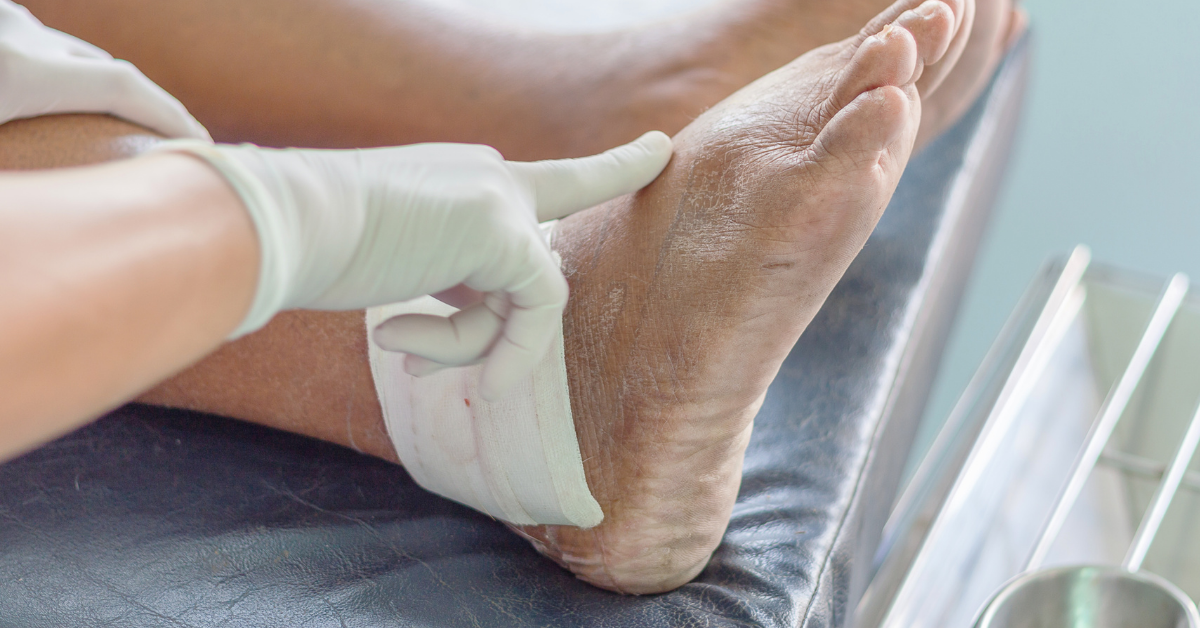Pelvic Floor Physical Therapy (PFPT) is a specialized form of physical therapy focused on treating conditions related to the pelvic floor muscles. This often-overlooked area of the body plays a crucial role in many aspects of health, from bladder and bowel control to sexual function and overall pelvic well-being. In this comprehensive guide, we’ll explore the benefits of pelvic floor therapy, common conditions it treats, and how it can help restore health and vitality. Whether you’re dealing with incontinence, pelvic pain, or recovering from surgery, PFPT offers a natural and effective solution for enhancing pelvic health.
What is Pelvic Floor Physical Therapy?
Pelvic Floor Physical Therapy (PFPT) is a branch of physical therapy that focuses on the muscles, ligaments, and connective tissues in the pelvic region. These muscles play a vital role in controlling the bladder and bowel, supporting pelvic organs, and contributing to sexual function. PFPT combines both internal and external assessments to evaluate and treat pelvic health issues.
Pelvic floor therapists use specialized techniques, such as exercises and manual therapy, to strengthen and restore the function of the pelvic muscles. Whether you are experiencing discomfort, pain, or incontinence, PFPT is an effective treatment for improving pelvic health.
Common Pelvic Health Issues Treated with Physical Therapy
Pelvic Floor Physical Therapy addresses a wide range of conditions related to the pelvic region, including:
- Incontinence: Bladder and bowel incontinence are among the most common reasons individuals seek PFPT. By strengthening the pelvic floor muscles, PFPT helps improve control over bladder and bowel function.
- Pelvic Organ Prolapse: This occurs when pelvic organs (bladder, uterus, rectum) drop from their normal position due to weakened pelvic muscles. PFPT can help restore pelvic support and prevent further prolapse.
- Sexual Dysfunction: PFPT plays a role in enhancing sexual function by improving sensation, arousal, and addressing pain during intercourse. It’s a non-invasive solution for individuals experiencing sexual difficulties.
- Pelvic Pain: Chronic pelvic pain, often caused by conditions like endometriosis or pelvic inflammatory disease, can be alleviated with PFPT by releasing muscle tension and improving pelvic mobility.
How Pelvic Floor Physical Therapy Works
Pelvic Floor Physical Therapy works by first assessing the pelvic muscles through both external and internal examinations. This comprehensive evaluation helps the therapist understand the root cause of the issue and develop a personalized treatment plan tailored to the patient’s needs. The goal of PFPT is not only to alleviate symptoms but to provide long-term solutions by restoring proper function to the pelvic muscles.
Treatment methods may include:
- Pelvic Floor Exercises: Targeted exercises to strengthen and relax pelvic muscles.
- Manual Therapy: Techniques to release tension and restore mobility in the pelvic region.
- Biofeedback: A method that helps individuals learn to control pelvic muscles through real-time feedback.
What to Expect During Pelvic Floor Physical Therapy
When you visit a pelvic floor physical therapist for the first time, you can expect a thorough consultation. During your initial exam, the therapist will review your medical history and discuss any behaviors or lifestyle factors that may be affecting your pelvic health, such as fluid intake, bladder habits, and physical activity.
The exam usually takes about an hour and takes place in a private, comfortable setting. If you’re comfortable, the therapist may perform an internal pelvic exam to assess the pelvic muscles more effectively. This exam helps the therapist pinpoint areas of weakness or dysfunction and guide treatment.
Benefits of Pelvic Floor Physical Therapy
The benefits of Pelvic Floor Physical Therapy extend far beyond symptom management. Some of the key benefits include:
- Improved Bladder and Bowel Control: PFPT helps reduce or eliminate incontinence by strengthening the muscles responsible for controlling urination and defecation.
- Enhanced Sexual Function: Many individuals experience increased sensation, arousal, and reduced pain during sexual activity as a result of PFPT.
- Pain Relief: PFPT can alleviate chronic pelvic pain by relaxing tight muscles and improving pelvic alignment.
- Increased Quality of Life: By restoring pelvic floor function, PFPT empowers individuals to regain control of their bodies and enhance their overall well-being.
Pre-Surgery and Post-Surgery Pelvic Floor Therapy
Pelvic Floor Physical Therapy is often used as part of both pre-surgery and post-surgery care. Before surgery, PFPT can help improve pelvic floor strength and reduce the risk of complications. After surgery, it plays a crucial role in rehabilitation, helping patients recover faster and regain full function of their pelvic region.
For individuals undergoing procedures such as prostate surgery, childbirth, or pelvic organ prolapse surgery, PFPT is a valuable tool for improving recovery outcomes and minimizing long-term issues.
Is Pelvic Floor Physical Therapy Right for You?
Pelvic Floor Physical Therapy is suitable for anyone experiencing pelvic health issues. If you’re dealing with incontinence, chronic pelvic pain, or sexual dysfunction, PFPT may offer a natural, non-invasive solution. It’s especially beneficial for individuals who prefer to avoid surgery or medications.
If you’re unsure whether PFPT is right for you, it’s essential to consult with a qualified therapist. They can help assess your symptoms and guide you toward the most effective treatment plan.
Finding a Qualified Pelvic Floor Physical Therapist
Choosing a qualified pelvic floor physical therapist is crucial for successful treatment. Look for therapists with experience and training in pelvic health and a personalized approach to treatment. Many therapists offer free consultations, so you can discuss your condition and determine if their approach aligns with your needs.
Takeaway
Pelvic Floor Physical Therapy is a powerful treatment for a variety of pelvic health concerns, ranging from incontinence and sexual dysfunction to pelvic pain and post-surgery recovery. By restoring the function of the pelvic floor muscles, PFPT helps individuals regain control over their health and improve their quality of life. If you’re experiencing pelvic health issues, consult with a qualified pelvic floor therapist today to begin your journey toward healing and vitality.






